
Supercharge your lead generation with a FREE Google Ads audit - no strings attached! See how you can generate more and higher quality leads
Get My Free Google Ads AuditFree consultation

No commitment
Supercharge your lead generation with a FREE LinkedIn Ads audit - no strings attached! See how you can generate more and higher quality leads
Get My Free Google Ads AuditFree consultation

No commitment
Supercharge your lead generation with a FREE Meta Ads audit - no strings attached! See how you can generate more and higher quality leads
Get My Free Google Ads AuditGet My Free LinkedIn Ads AuditGet My Free Meta Ads AuditFree consultation

No commitment
Supercharge your lead generation with a FREE Google Ads audit - no strings attached! See how you can generate more and higher quality leads
Get My Free Google Ads AuditFree consultation

No commitment
In an increasingly digital world, Japanese restaurants face the challenge of standing out in a competitive market. People often seek authentic dining experiences online, making platforms like Google Ads essential for attracting new customers. The challenge lies in capturing the attention of potential diners who may explore various options without commitment. Modern solutions now allow Japanese restaurants to identify anonymous visitors and engage with them through personalized Google Ads campaigns, ensuring ad spend targets those with real intent rather than cold, unqualified traffic. Additionally, leveraging these platforms not only helps restaurants capture high-intent customer searches but also bridges visibility gaps that offline marketing might miss, enabling targeted customer engagement at each dining journey stage. Google Ads empowers Japanese restaurants to:
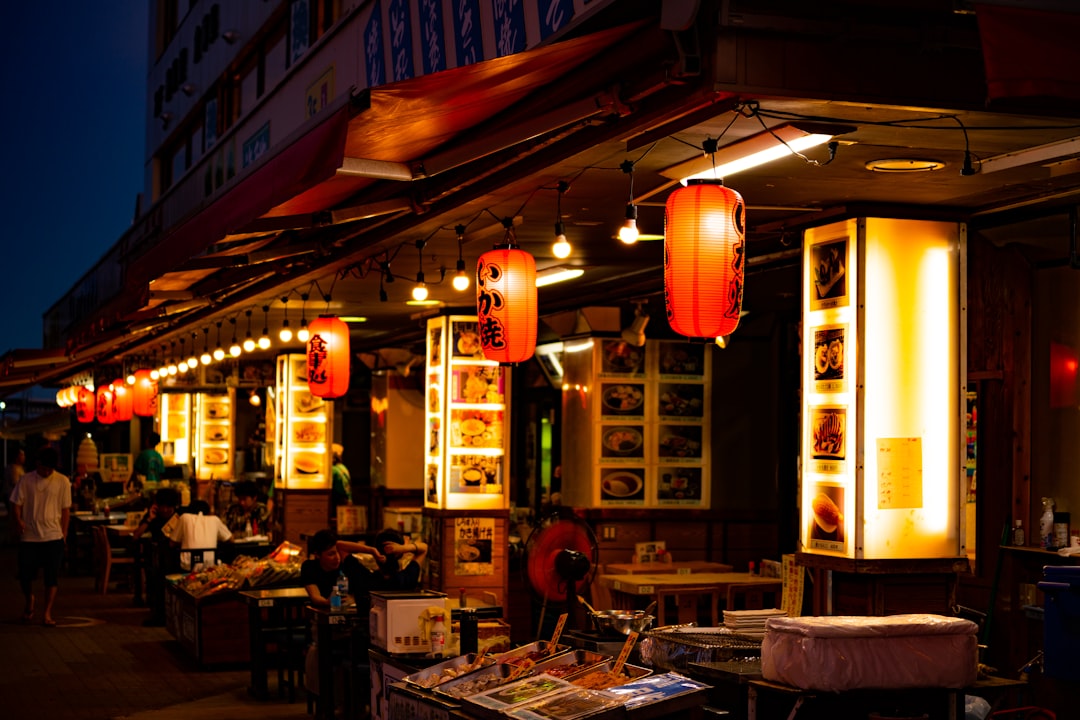
Japanese restaurants thrive on local discovery and authentic brand experiences. Tailored Google Ads campaigns provide a precise, scalable way to connect with diners actively searching for Japanese cuisine, from sushi enthusiasts to ramen devotees.
A data-driven approach lets marketers identify search habits and dining preferences, revealing when and where diners are most likely to convert. Leveraging unified intent data, restaurant teams can prioritize high-value audiences and shift budgets toward keywords with proven results, optimizing spend and maximizing ROI. For actionable recommendations on increasing ad performance, see Google Ads for restaurants for practical tactics and real-world examples.
Localized keyword strategies go beyond basic terms. By mapping granular search signals—such as “sushi delivery near me” or “kaiseki tasting menu San Francisco”—marketers can tap into hyper-relevant demand and ensure ads appear at the exact moment of intent. Dynamic audience segmentation, powered by real-time updates, ensures campaigns remain aligned with evolving customer interests and local events.
Creative alignment is essential for establishing trust and driving action across digital channels. Ensuring consistent messaging and visual identity between Google Ads, organic search, and social media fosters stronger brand recall and higher engagement rates. For restaurants running multi-channel promotions, this synergy amplifies reach and reduces messaging fatigue.
Continuous optimization is necessary in a competitive market. By tracking conversion paths across both online reservations and in-person visits, marketers can attribute revenue to specific touchpoints. Advanced conversion tracking provides a holistic view, allowing for agile adjustments and more precise audience targeting in future campaigns. If you’re looking to maximize results from your paid media spend, increase ROAS with solutions designed for restaurant-focused campaigns.
Cross-promotional synergies further enhance restaurant advertising strategies. Integrating local SEO for Japanese restaurants with paid search and social campaigns improves map visibility, review scores, and organic search rankings. Syncing CRM and ad platforms ensures enriched lead profiles and seamless retargeting, bridging the gap between digital engagement and real-world dining experiences. Together, these tactics create a sustainable framework for growth in Japanese restaurant marketing.

Japanese restaurants operate in a crowded market where authentic branding and swift customer engagement are crucial for growth. Strategic Google Ads campaigns give these businesses a direct line to diners actively searching for sushi, ramen, or izakaya experiences, ensuring marketing budgets reach real prospects at the perfect decision-making moment.
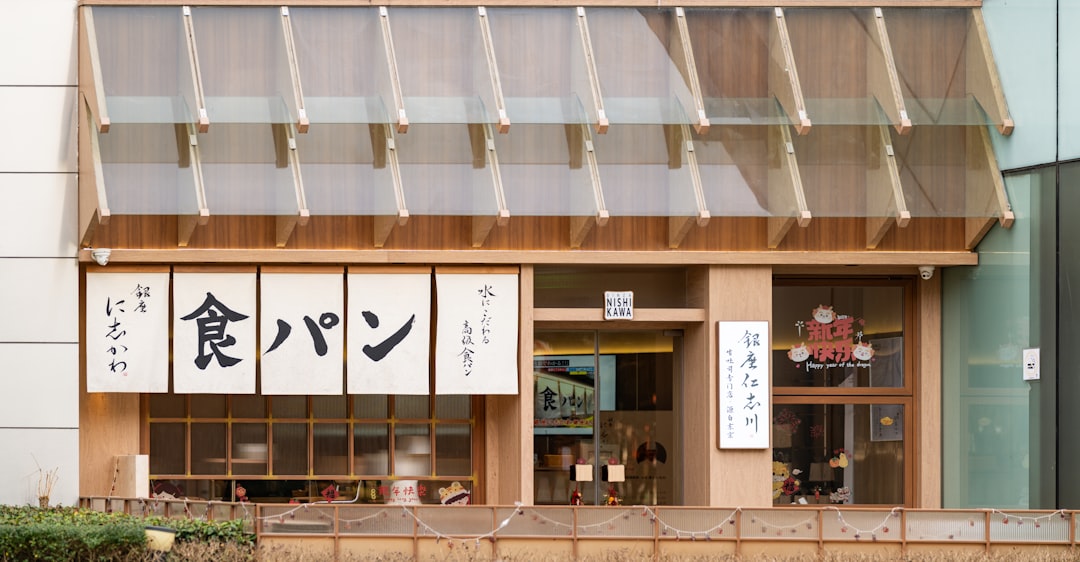
Japanese restaurant marketers need a tailored approach across the Google Ads ecosystem to reach audiences at every stage of the dining journey. Each campaign format aligns with specific customer behaviors, allowing for precise targeting, engagement, and conversion optimization unique to Japanese cuisine and hospitality.
Ready to drive more reservations and boost marketing ROI? Get started with Sona today.
Japanese restaurants can unlock new growth by identifying and targeting audiences who crave unique, authentic culinary experiences. Precision in channel selection and message tailoring drives higher engagement and conversion rates, especially as diners become more selective and digitally savvy.
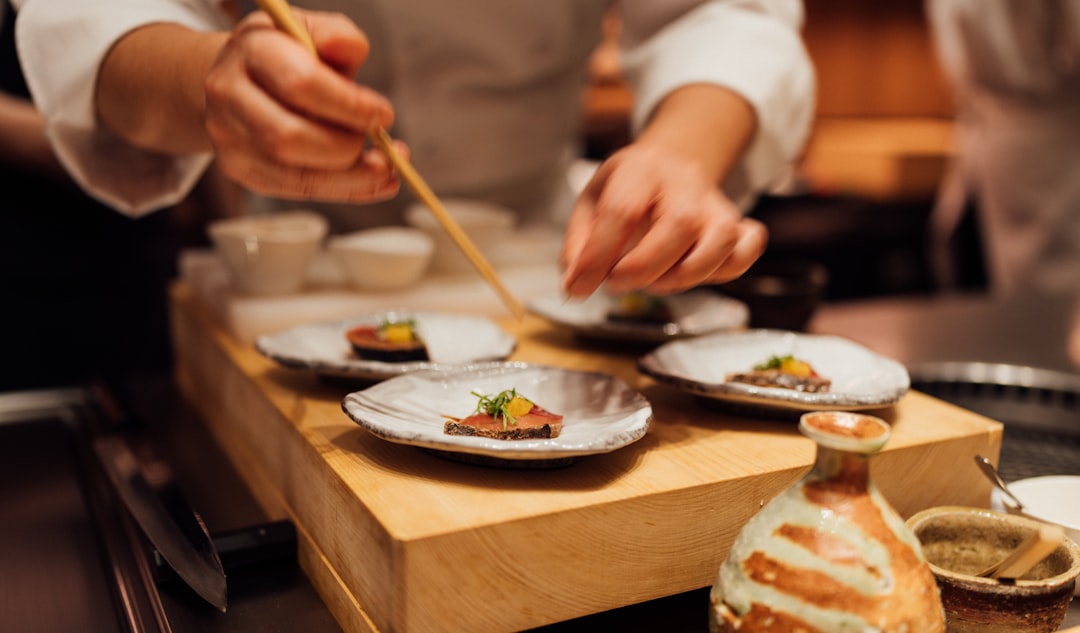
Audience segmentation empowers Japanese restaurants to craft highly relevant campaigns that resonate with distinct customer groups. By targeting messaging and offers to the right diners at the right time, restaurants can reduce wasted ad spend and drive stronger engagement across every channel.
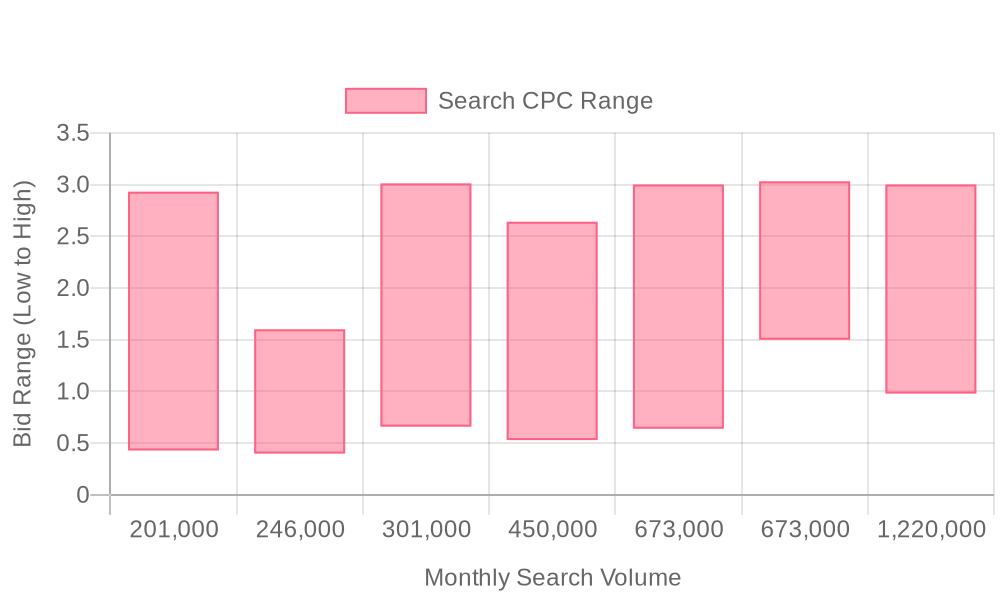
| Industry | Keyword | Monthly Search Volume | Competition Level | Low Bid | High Bid |
| Japanese Restaurants | nobu | 201000 | LOW | 0.43 | 2.93 |
| Japanese Restaurants | all you can eat sushi | 246000 | LOW | 0.4 | 1.6 |
| Japanese Restaurants | japanese food near me | 301000 | LOW | 0.66 | 3.01 |
| Japanese Restaurants | japanese restaurant near me | 450000 | LOW | 0.53 | 2.64 |
| Japanese Restaurants | japanese restaurants | 673000 | LOW | 0.64 | 3 |
| Japanese Restaurants | hibachi | 673000 | LOW | 1.5 | 3.03 |
| Japanese Restaurants | hibachi near me | 1220000 | LOW | 0.98 | 3 |
Restaurants specializing in Japanese cuisine thrive when their online marketing aligns with how diners search for meals. Reaching high-intent audiences at the exact moment they crave sushi, ramen, or teppanyaki increases the chance of conversion and builds loyal customer relationships.
Effective keyword strategy for google ads for japanese restaurants starts with analyzing specific dish names, location-based phrases, and intent-driven queries. Terms like "sushi restaurant near me," "best ramen in [city]," or "authentic teppanyaki dinner" capture diners looking for a specific experience. These high-precision keywords outperform broader terms by connecting to users who are closer to making a dining decision. For a deeper look at common keyword options, see Japanese cuisine keywords.
Sample target terms for google ads for sushi restaurants and Japanese cuisine might include:
Using these sample keywords, combined with Sona’s audience enrichment and real-time intent tracking, allows restaurant marketers to reach highly qualified audiences, optimize spend, and drive measurable results. To see how these strategies can work for your business, get started with Sona Onboarding and unlock actionable insights for Japanese restaurant campaigns.
Japanese restaurants can achieve measurable impact by leveraging data-driven campaign frameworks that bring together local search intent, dynamic creative, and a smooth user journey. Success depends on unifying insights across paid, owned, and earned channels while maintaining precise control over targeting, creative, and measurement.
Modern revenue teams drive sustainable growth by connecting their advertising efforts with deeper customer intelligence. Unlocking actionable go-to-market data allows for efficient spend, improved lead quality, and higher conversion rates for both dine-in and online orders.
Clustering services by dish type or dining occasion, such as "omakase sushi near me" or "late-night ramen delivery," helps capture high-intent searches. Localizing these keyword clusters with specific city or neighborhood names ensures visibility among nearby diners, while applying negative keywords like "fast food" or "cooking class" filters out irrelevant queries. Keyword ideas provides industry-specific ideas for deeper keyword research and campaign refinement.
With Sona, marketers can identify the companies and visitor segments that repeatedly search for related cuisine or menu items, moving beyond generic traffic. This real-time intent data allows teams to shift budget toward high-converting audiences, refining keyword lists as new in-market trends emerge. Audience enrichment and account-level insights ensure every ad dollar targets diners most likely to book a table or place an order.
Compelling ad copy for Japanese restaurants draws on cultural touchpoints, signature dishes, or chef accolades. Headlines such as "Award-Winning Sushi in Shibuya Style" or "Reserve for Kaiseki Tasting Menu This Weekend" spotlight what sets your brand apart. Including urgency prompts, exclusive offers, or reservation incentives further motivates action. Ad extensions—call buttons, location info, and limited-time offers—streamline the path for customers ready to engage, increasing conversion rates for both online and offline dining.
Maintaining unified messaging across Google Ads and other customer touchpoints is essential for a consistent brand experience. For more insights on aligning creative with targeting, check out our guide on retargeting campaigns.
A seamless journey from ad click to landing page is critical for converting interest into reservations or orders. Japanese restaurant landing pages should immediately showcase the menu, reservation form, and trust markers like chef testimonials or professional food photography. Optimizing calls-to-action for both desktop and mobile ensures that users can book a table, order delivery, or call directly with minimal friction.
Tying landing page activity into your CRM provides full visibility into which campaigns generate bookings, takeout orders, or group reservations. Solutions such as Sona Destinations support this process by syncing enriched lead and conversion data directly into ad platforms and CRM systems. This closed-loop feedback empowers teams to adjust offers, refine creative, and attribute revenue accurately to individual campaigns.
Continuous optimization is vital for sustained growth in Japanese restaurant marketing. Track micro-conversions such as menu views, clicks on dining offers, or partial reservation completions to understand where users drop off. Automated bidding strategies, like Target CPA or ROAS, help maximize conversions within your budget. Restaurant ad benchmarks shares industry benchmarks for performance, optimization, and best practices.
Leveraging analytics from Google Ads and integrated platforms like Sona provides revenue teams with holistic visibility into what drives engagement and sales. Real-time reporting supports granular adjustments to audience segments, creative, and bidding. These insights can then be extended to inform broader culinary marketing initiatives, ensuring that every advertising dollar contributes to the restaurant’s strategic business objectives.
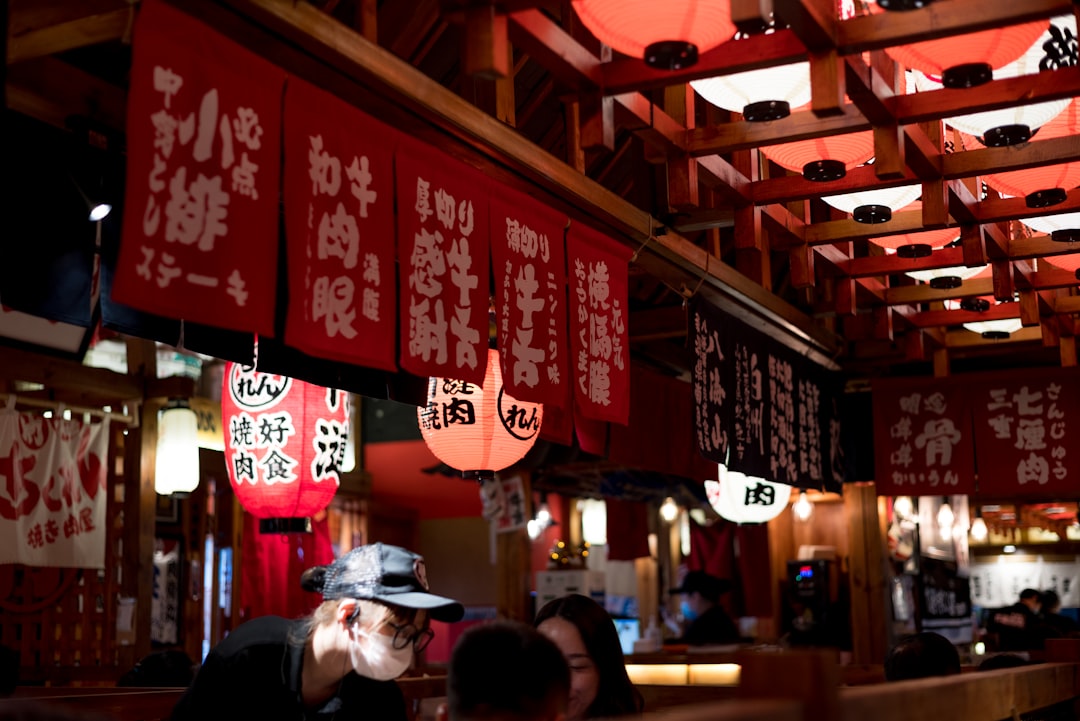
Japanese restaurant owners seeking to break through local competition need a multi-channel approach that unifies their marketing data and amplifies high-intent engagement. By integrating precision audience targeting with creative digital storytelling, businesses can capture both new guests and loyal repeat diners, delivering measurable revenue impact.
Ready to unify your marketing data for greater impact? Get started with Sona today and unlock new growth opportunities for your restaurant.
Mastering Google Ads for your Japanese restaurant isn’t just about visibility—it’s about creating meaningful connections with diners who crave authentic flavors and memorable experiences.
From targeting local food enthusiasts with geo-specific keywords to leveraging mouthwatering visuals in your ad creatives, we’ve covered the strategies that turn clicks into reservations. By optimizing your campaigns for high-intent searches and refining your audience targeting, you can ensure your restaurant stands out in a competitive digital landscape.
Imagine your dining room filled with eager customers, drawn in by ads that speak directly to their cravings. With the right approach, Google Ads can transform your online presence into a steady stream of loyal patrons—no guesswork required.
Ready to put these strategies into action? Start a free trial to experience how our platform simplifies campaign management and maximizes your results.
The best strategies include targeting high-intent diners with precise keyword targeting, leveraging cultural nuances in ad text, utilizing dynamic audience segmentation, and ensuring consistent messaging across all digital channels to enhance brand recall and engagement.
The budget should prioritize high-value audiences and proven keywords, adjusting spend dynamically based on real-time audience behavior and conversion tracking to maximize ROI.
Effective keywords include specific dish names, location-based phrases, and intent-driven queries like 'sushi restaurant near me,' 'best ramen in [city],' or 'authentic teppanyaki dinner.'
Success can be measured by tracking conversions such as online reservations, takeout orders, and in-person visits, using advanced attribution to connect specific campaigns to revenue.
Common mistakes include targeting cold, unqualified traffic, not leveraging local SEO or cultural nuances, inconsistent messaging across channels, and failing to continuously optimize campaigns based on performance data.
Join results-focused teams combining Sona Platform automation with advanced Google Ads strategies to scale lead generation

Connect your existing CRM

Free Account Enrichment

No setup fees
No commitment required

Free consultation

Get a custom Google Ads roadmap for your business
Join results-focused teams combining Sona Platform automation with advanced Meta Ads strategies to scale lead generation

Connect your existing CRM

Free Account Enrichment

No setup fees
No commitment required

Free consultation

Get a custom Google Ads roadmap for your business
Join results-focused teams combining Sona Platform automation with advanced LinkedIn Ads strategies to scale lead generation

Connect your existing CRM

Free Account Enrichment

No setup fees
No commitment required

Free consultation

Get a custom Google Ads roadmap for your business
Join results-focused teams using Sona Platform automation to activate unified sales and marketing data, maximize ROI on marketing investments, and drive measurable growth

Connect your existing CRM

Free Account Enrichment

No setup fees
No commitment required

Free consultation

Get a custom Google Ads roadmap for your business
Over 500+ auto detailing businesses trust our platform to grow their revenue
Join results-focused teams using Sona Platform automation to activate unified sales and marketing data, maximize ROI on marketing investments, and drive measurable growth

Connect your existing CRM

Free Account Enrichment

No setup fees
No commitment required

Free consultation

Get a custom Google Ads roadmap for your business
Over 500+ auto detailing businesses trust our platform to grow their revenue
Join results-focused teams using Sona Platform automation to activate unified sales and marketing data, maximize ROI on marketing investments, and drive measurable growth

Connect your existing CRM

Free Account Enrichment

No setup fees
No commitment required

Free consultation

Get a custom Google Ads roadmap for your business
Over 500+ auto detailing businesses trust our platform to grow their revenue
Our team of experts can implement your Google Ads campaigns, then show you how Sona helps you manage exceptional campaign performance and sales.
Schedule your FREE 15-minute strategy sessionOur team of experts can implement your Meta Ads campaigns, then show you how Sona helps you manage exceptional campaign performance and sales.
Schedule your FREE 15-minute strategy sessionOur team of experts can implement your LinkedIn Ads campaigns, then show you how Sona helps you manage exceptional campaign performance and sales.
Schedule your FREE 15-minute strategy sessionOur team of experts can help improve your demand generation strategy, and can show you how advanced attribution and data activation can help you realize more opportunities and improve sales performance.
Schedule your FREE 30-minute strategy sessionOur team of experts can help improve your demand generation strategy, and can show you how advanced attribution and data activation can help you realize more opportunities and improve sales performance.
Schedule your FREE 30-minute strategy sessionOur team of experts can help improve your demand generation strategy, and can show you how advanced attribution and data activation can help you realize more opportunities and improve sales performance.
Schedule your FREE 30-minute strategy sessionOur team of experts can help improve your demand generation strategy, and can show you how advanced attribution and data activation can help you realize more opportunities and improve sales performance.
Schedule your FREE 30-minute strategy session





Launch campaigns that generate qualified leads in 30 days or less.
